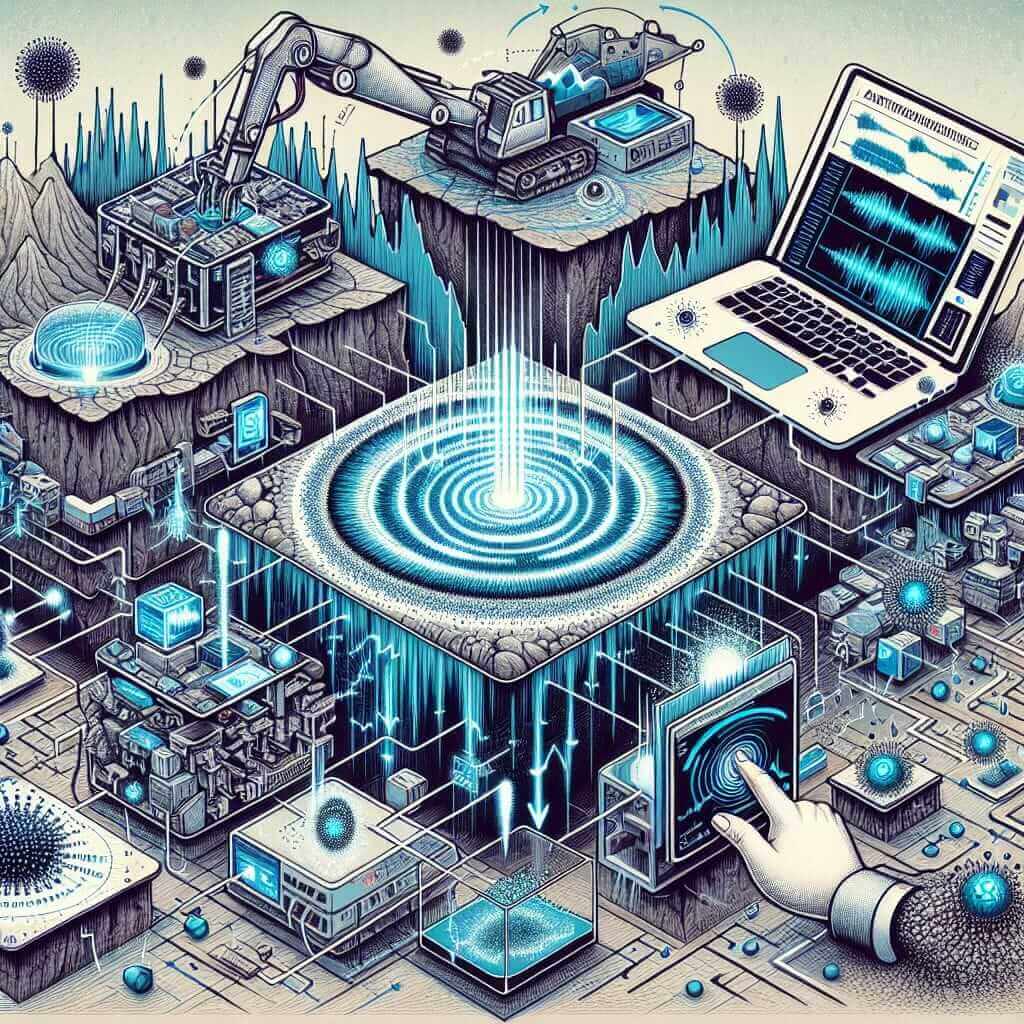The IELTS Reading Test is designed to assess a range of reading skills, including skimming for the gist, reading for main ideas, reading for detail, understanding inferences and implied meaning, recognizing a writer’s opinions, attitudes, and purpose, and following the development of an argument. In recent times, topics revolving around technology and its applications have become frequent in the IELTS Reading module. One pertinent and trending topic is the use of artificial intelligence to predict natural disasters. Given its significance, it’s possible this subject could appear in upcoming IELTS exams.
Reading Passage: Predicting Natural Disasters with AI (Medium Text)
As climate change continues to wreak havoc, the ability to accurately predict natural disasters has never been more critical. Artificial intelligence (AI) is playing an increasingly significant role in this arena.
AI technologies, particularly machine learning algorithms, are revolutionizing the way we understand and anticipate natural disasters. Machine learning involves training systems on vast amounts of data so they can learn to detect patterns and make predictions. For example, AI can analyze seismic data to predict earthquakes with greater accuracy than traditional methods. By processing data from thousands of seismic sensors, AI systems can identify precursors to earthquakes and warn of potential tremors days ahead.

Similarly, AI is being used to better predict hurricanes and typhoons. By analyzing satellite imagery and weather pattern data, these systems can forecast storm paths and intensities more accurately. The AI algorithms can process more variables than human meteorologists, thus providing a more comprehensive understanding of storm dynamics.
Flooding is another area where AI is making a significant difference. Traditional flood prediction models typically rely on historical data and basin-specific algorithms. However, AI can integrate real-time data from multiple sources, including rainfall, river levels, and soil moisture, to predict flooding events more reliably. This offers communities more time to prepare and mitigate damage.
Beyond prediction, AI is also used in disaster response. For instance, AI drones are deployed to assess damage and locate survivors in areas that are difficult for humans to reach. These drones can analyze images and identify signs of life, helping rescue teams prioritize their efforts.
In conclusion, as AI technology continues to advance, its application in predicting and responding to natural disasters will become even more critical, offering humanity new tools to protect lives and property.
Questions
Multiple Choice
-
What primary function does AI serve in predicting earthquakes?
A. Generating seismic activity
B. Training systems with data
C. Analyzing seismic data to predict earthquakes
D. Mitigating damage from earthquakes -
How does AI enhance hurricane predictions?
A. By deploying drones
B. By reducing storm intensity
C. By processing satellite imagery and weather pattern data
D. By warning communities directly
Identifying Information (True/False/Not Given)
-
AI algorithms can currently predict earthquakes with 100% accuracy.
A. True
B. False
C. Not Given -
AI drones are used to deliver food and supplies during floods.
A. True
B. False
C. Not Given
Matching Information
-
Match the natural disaster with the AI application:
- Earthquakes
- Hurricanes
- Flooding
Options:
A. Using real-time data from multiple sources
B. Analyzing satellite imagery and weather patterns
C. Processing seismic data from sensors
Sentence Completion
- AI can predict flooding events more reliably by integrating __ from multiple sources.
Answer Keys
Multiple Choice
- C. Analyzing seismic data to predict earthquakes
- C. By processing satellite imagery and weather pattern data
Identifying Information (True/False/Not Given)
- B. False
- B. False
Matching Information
- Earthquakes: C. Processing seismic data from sensors
- Hurricanes: B. Analyzing satellite imagery and weather patterns
- Flooding: A. Using real-time data from multiple sources
Sentence Completion
- AI can predict flooding events more reliably by integrating real-time data from multiple sources.
Lessons Learned
Common errors when tackling such questions often include misinterpreting the information provided or not reading the questions thoroughly. In multiple-choice questions, always eliminate the most unlikely options first. For True/False/Not Given questions, ensure to distinguish between information that is explicitly stated and what is inferred. Matching information requires careful tracking of details to match appropriately.
Vocabulary
- Seismic (adj) /ˈsaɪzmɪk/: relating to earthquakes or other vibrations of the earth.
- Algorithm (n) /ˈælɡərɪðəm/: a set of rules or processes to be followed in calculations or problem-solving operations.
- Mitigate (v) /ˈmɪtɪɡeɪt/: to make something less severe, serious, or painful.
Grammar Points
-
Conditional Sentences: AI can predict flooding events more reliably by integrating real-time data from multiple sources. (Usage of gerund to indicate an action that is ongoing or habitual when conditions are met).
-
Passive Voice: These drones can be deployed to assess damage and locate survivors in areas that are difficult for humans to reach. (Passive voice used to emphasize the action rather than the doer).
Advice for High Scores in IELTS Reading
- Practice Regularly: Engage with a variety of reading materials to build your vocabulary and understanding.
- Time Management: Allocate specific amounts of time to specific sections to ensure you complete the entire test.
- Skimming and Scanning: Develop skills in quickly identifying the main ideas and specific information.
- Practice Tests: Regularly do practice tests under timed conditions to become familiar with the exam format.